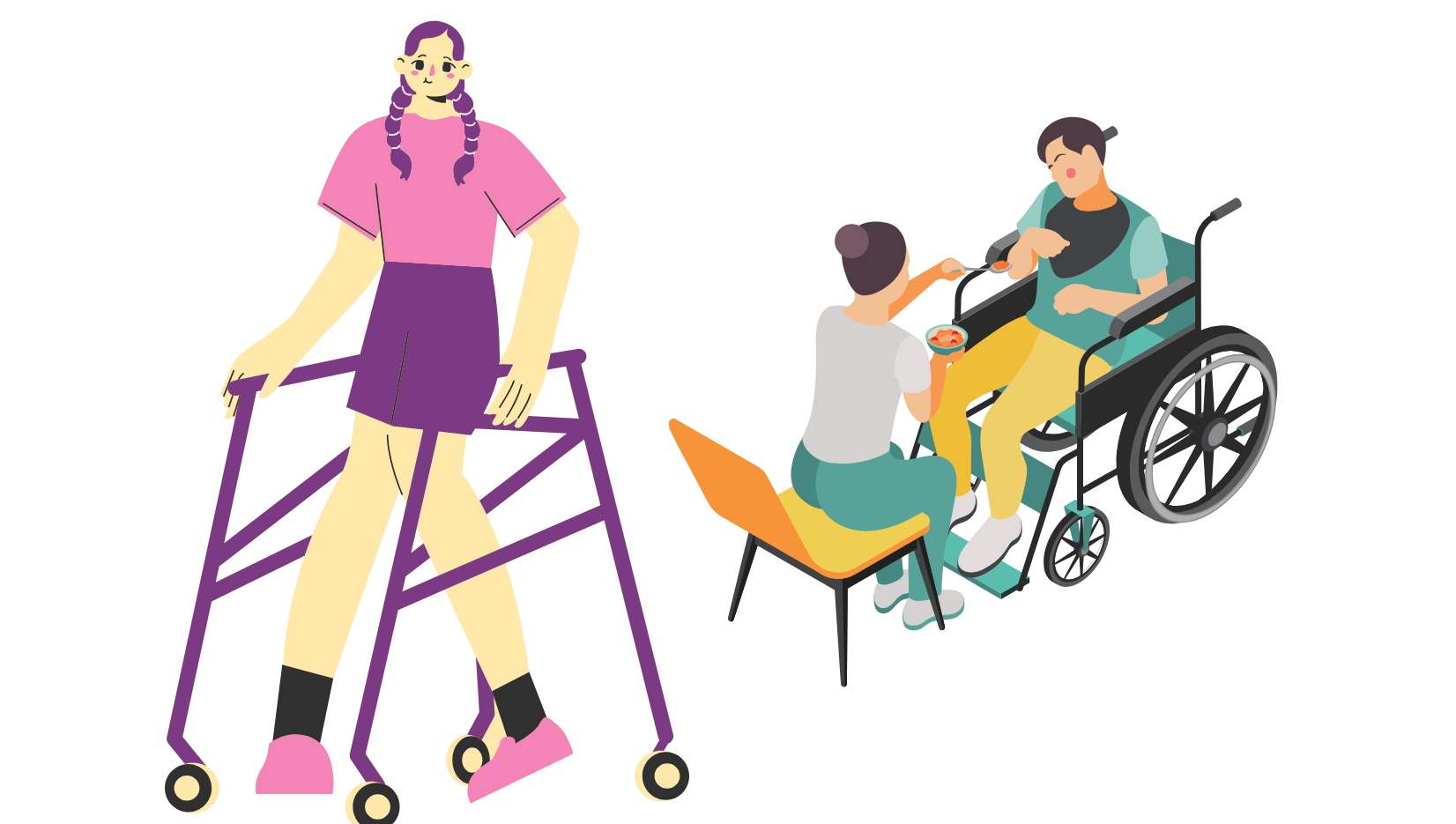Cerebral Palsy

What is Cerebral Palsy?
Cerebral palsy (CP) is a group of disorders that affect movement and posture. It is caused by damage to the brain during fetal development or early childhood, and it can lead to a range of motor and cognitive impairments.
Who’s at risk for Cerebral Palsy?
Cerebral palsy can affect anyone, but it is more common in premature infants and individuals who experience complications during childbirth, such as oxygen deprivation or traumatic injury to the brain.
What causes Cerebral Palsy?
Cerebral palsy is caused by damage to the developing brain, which can occur as a result of a variety of factors, including genetic abnormalities, infections, trauma, and exposure to toxins.
How does Cerebral Palsy start?
Cerebral palsy is typically diagnosed in infancy or early childhood, and the symptoms may initially be mild. However, over time, the symptoms may become more severe and interfere with daily activities.
What are the symptoms of Cerebral Palsy?
The symptoms of cerebral palsy can vary depending on the type and severity of the condition. Common symptoms may include:
- Abnormal muscle tone
- Spasticity
- Tremors or involuntary movements
- Delayed motor development
- Difficulty with coordination and balance
- Cognitive impairments
- Seizures
- Speech and communication difficulties
How is Cerebral Palsy diagnosed?
Cerebral palsy is diagnosed based on a physical examination and the presence of characteristic symptoms. Other tests, such as brain imaging and developmental assessments, may also be performed to confirm the diagnosis.
How can Cerebral Palsy be treated?
Treatment for cerebral palsy may include a combination of medication, therapy, and surgery. Medications, such as muscle relaxants and anticonvulsants, may be used to manage symptoms, while therapy, such as physical therapy and occupational therapy, can help improve motor function and quality of life. In some cases, surgery may be recommended to correct deformities or improve function.
What complications may occur with Cerebral Palsy?
Cerebral palsy can significantly impact a person's quality of life, and the condition can lead to social isolation, depression, and other mental health issues. Complications may also include mobility issues, speech and communication difficulties, and an increased risk of seizures and other medical conditions.
How can I prevent Cerebral Palsy?
Preventing cerebral palsy involves reducing the risk of factors that can lead to brain damage, such as avoiding exposure to toxins and managing medical conditions that can lead to complications during pregnancy and childbirth.
Long-term management of Cerebral Palsy
Long-term management of cerebral palsy involves ongoing therapy and regular monitoring of symptoms. It is important to work closely with healthcare professionals to develop an individualized treatment plan that addresses the specific needs of the person with cerebral palsy.
What is recent research saying about Cerebral Palsy?
Recent research has focused on identifying potential new treatments for cerebral palsy, as well as exploring the role of genetics and environmental factors in the development of the condition. There is also ongoing research into the long-term outcomes of different treatment options for cerebral palsy.
Where can I go for more information on Cerebral Palsy?
The Centers for Disease Control and Prevention (CDC) and the Cerebral Palsy Foundation provide up-to-date information on cerebral palsy, including diagnostic criteria, treatment options, and ongoing research.

